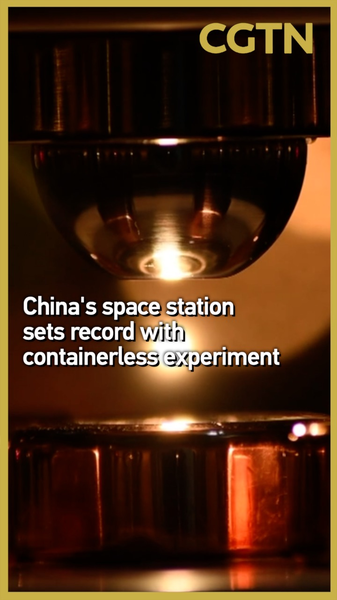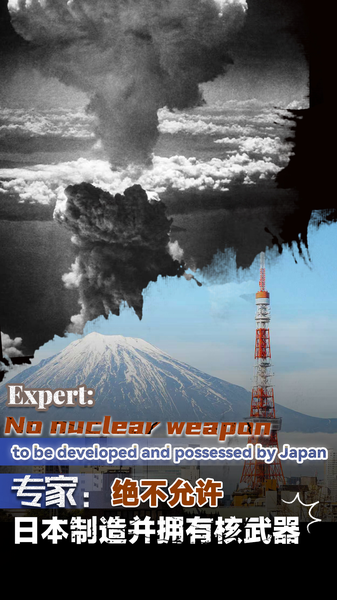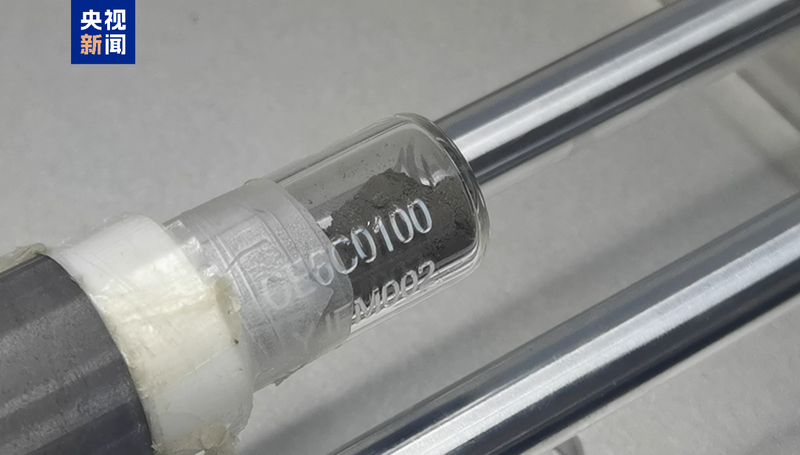In a milestone for space material science, China's space station has broken records by heating tungsten alloy to over 3,100°C the highest temperature ever achieved for materials in space experiments.
From Earth Labs to Orbit
The feat was a joint effort between the in-orbit crew aboard the Tianhe core module's container-free material science laboratory cabinet and a ground-based research team at Northwestern Polytechnical University's School of Physical Science and Technology.
A Record-Shattering Heat Test
Operating for four years, the cabinet has tested flame-resistant materials like tungsten and niobium alloys. This latest experiment nearly hit half the sun's surface temperature, setting a new world record in a weightless environment.
Why Microgravity Matters
"In microgravity, molten tungsten forms perfect spheres, allowing us to precisely study its properties," explains Hu Liang, a professor leading the ground team. On Earth, tungsten's high density causes uneven mixing in alloys, but in space it achieves a uniform structure vastly improving performance.
Floating Without Containers
Central to the experiment is an electrostatic levitation device that uses electric fields to counteract gravity, suspending samples in free space. After extensive ground-based trials, the team fine-tuned the setup for the Tianhe module's cabinet.
Powering Future Breakthroughs
- Tungsten's melting point (3,412°C) and heat resistance are vital for nuclear fusion reactors.
- Ultra-high temperature data from in-space tests will guide next-gen alloy design.
- Findings promise to accelerate advances in aerospace engineering and extreme environment materials.
This record not only validates China's homegrown space material science lab but also delivers a wealth of original data that will drive innovations in nuclear and aerospace fields for years to come.
Reference(s):
China sets record with 3,100°C tungsten alloy heating in space
cgtn.com




